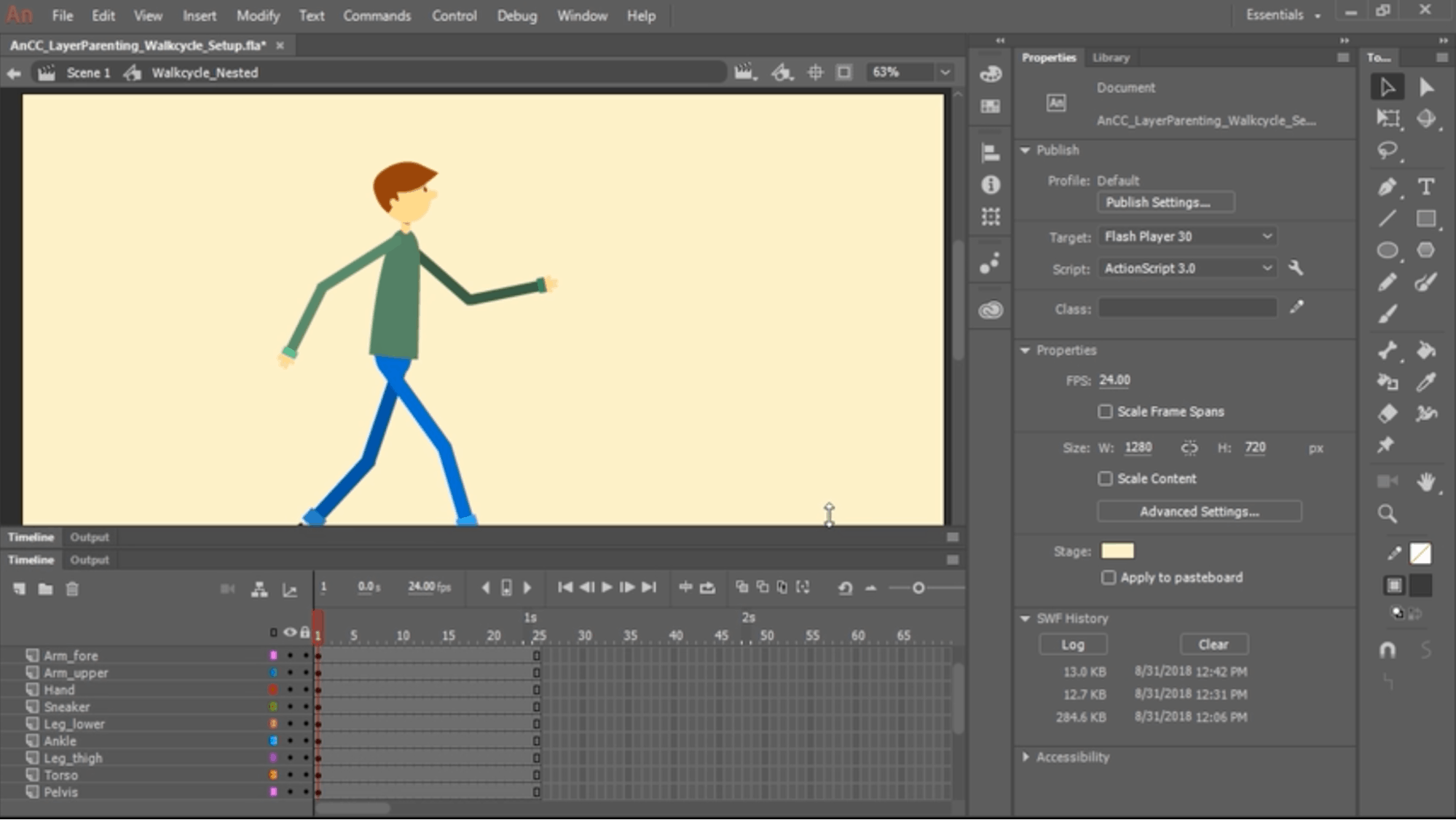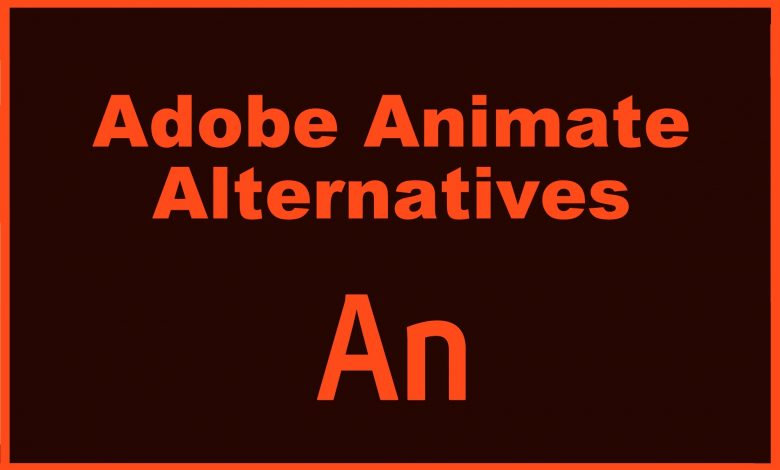
And like the joystick function, the slider function is easy to understand and fun to work with. Once bound, a slider is created for each finger, and the user can bend each finger individually to any range from fully bent to fully straight. Each finger gets a pose with each finger bent and straight. The example the creators use is of hand animation. With sliders, a user can bind a set of pose positions and create a slider for each variation of the pose. The slider portion of the plugin is similar but based on a different type of layout. Once you bind your elements, you can make a character lookup, them over to the left, and then back to center, by simply moving the joystick around the box. As the user does this, the plug-in interpolates between poses making for fluid character animation. The joystick is just a control that will like you slide a point around in a box like a joystick. The user sets extreme poses for up, down, left, and right positions, then binds them to a “joystick”. The way the function of the joystick works is built around a set of poses. Joysticks ‘n Sliders is not only a useful tool but also a fun one that makes animating a bit more like playing a game. Before we get into it, it should be noted that joysticks and sliders can also be useful for some other cool motion graphics animation outside of character animation. While this plug-in sounds a bit like the name of an arcade and burger bar, it’s actually a very useful plug-in for character rigging and animation. If you are serious about getting into character rigging and animation in After Effects, you really have to give DUIK a spin. But, you can purchase the DUIK 15 User Guide in print form if you are more of a book reader. DUIK version 15 also includes several dynamics animation controls for automating tedious animation controls.ĭUIK is so deep in what it can do that the DUIK site features loads of tutorials and video courses. These are useful for anyone used to rigging characters in 3D, as they act in a similar manner. You simply adjust the anchor points to fit your character and you are set.īones is a robust tool that replaces After Effects’ puppet pins with “bones” layers. The Autorig includes joints for head, arms, and legs. Some of these tools include Autorig, a feature that will automatically generate a simple rig for many characters. DUIK features a reach menu of tools for rigging and animating characters. There is way too much inside of DUIK to cover here, but let’s go over some of the basics. So, if you do find yourself using DUIK, consider donating to the developers or supporting their crowdfunding campaigns.
Adobe character animator alternative free#
You might be asking why crowdfunding is necessary, and that’s because DUIK is completely free for users. The last version was successfully crowdfunded, which allowed for more advanced development, and version 16 was just crowdfunded as well. It was originally created in 2008 as a basic animation tool, and over the years it has grown into one of the leading industry standards for character rigging and animation. DUIKĬurrently in its 15th version, with the 16th iteration in development, DUIK is one of the most comprehensive character animation tools available for After Effects. And the plug-in comes in at just $45, which is a steal for anyone doing character animation on a regular or semi-regular basis. Think, two leg positions that you want to animate between.Īll of the improvements add to what was probably already the easiest system for character animation in After Effects. RubberRig will create a rig from two layers centered in a comp with the push of a button. The new RubberRig and RubberPin features make it simple to animate your layers. You can save out presets for later use, and you can attach your hoses to layers from Illustrator or Photoshop. You can now get much more interesting body parts to work with. RubberHose 2 comes with advanced hose styling. New features allow for more control, flexibility, and speed.


Now in its second iteration, RubberHose is more robust while maintaining its ease of use, which is a pretty good thing. It was really about animating points on shape layers with some cool built-in tools for making animations look good.

The RubberHose engine was built to be simple without a ton of features bogging it down.
Adobe character animator alternative full#
In fact, we did a full post on it called “ RubberHose Character Rigging Plug-In Review.” One of the things we loved about the original plug-in was the ease of use. We first discovered RubberHose when the original plug-in was introduced in 2015. Rubber hose animation refers to the old technique of character animation dating back to the ’20s where characters appeared to have wobbly, rubber hoses for arms and legs.


 0 kommentar(er)
0 kommentar(er)
